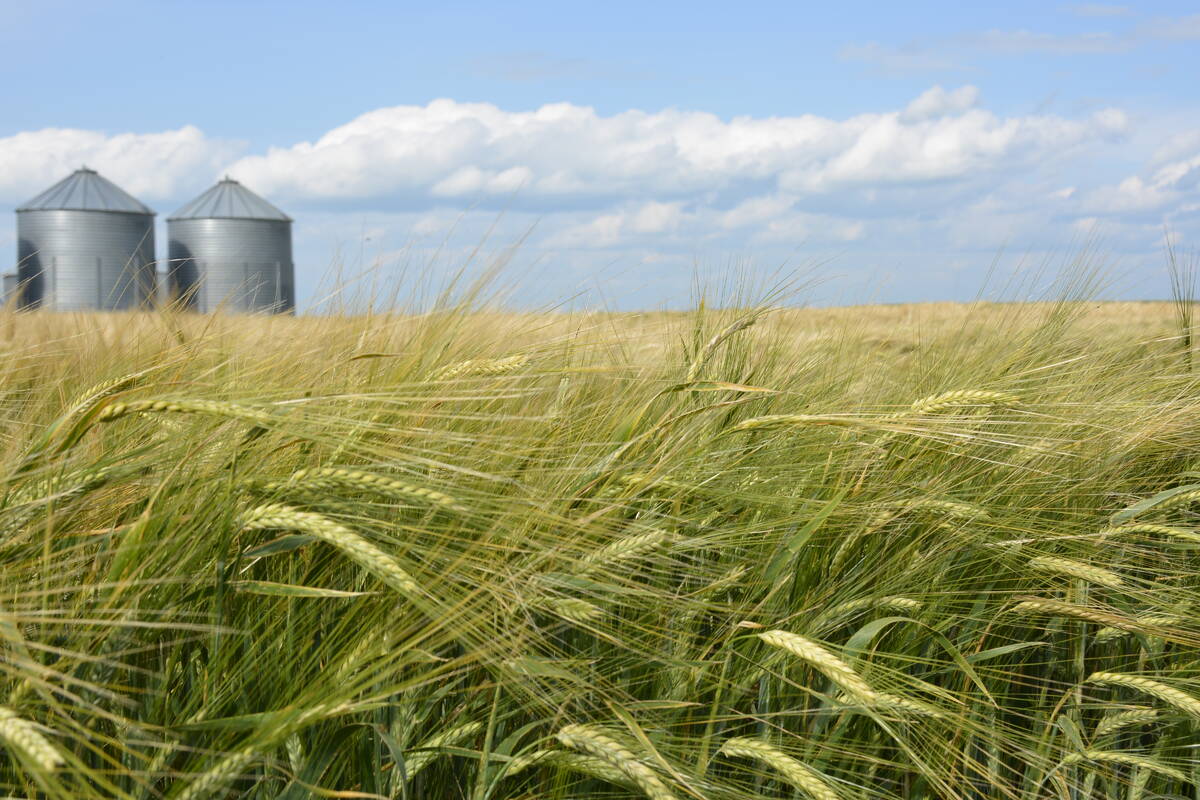SASKATOON – The spectre of frost has lightly touched much of the Prairies, but most of this year’s high quality crop has escaped its icy fingers.
“The majority are past the danger point,” said Canadian Wheat Board weather watcher Paul Bullock. With about 50 percent of the 1996 crop in the bin, new damage will be mostly limited to late-standing crops.
But the damage from recent frosts in western Manitoba, most of Saskatchewan and northern Alberta can’t be tallied for weeks, Bullock said.
“It’s very difficult to say, because the frosts we’re seeing are not heavy frosts,” he said.
Read Also

StatCan stands by its model-based crop forecast
Statistics Canada’s model-based production estimates are under scrutiny, but agency says it is confident in the results.
Damage from a killing frost is easy to see, but the blanket of cold air that wrapped Saskatchewan and Manitoba from Sept. 10 to 13 was only slightly below zero, so frost could have caused crop damage without affecting the plants’ appearance, Bullock said.
Crops susceptible
An early killing frost would have been devastating to the prairie crop this year because most areas seeded late. Crops grew slowly through a cool summer and were far behind regular maturity until late August, when an unusual heat wave pushed crops to almost average maturity.
But some areas did not catch up fast enough to escape the first frosts.
Crops around Grandview, Man., were hit by frost Sept. 14-15, and although it was not a brutally cold frost, it could still affect quality.
“We won’t know until it’s in the bin,” said crop insurance agent Trevor Britton. Grandview crops are the latest in the province. Some are still one week away from maturity. Britton added no one was surprised to see the frost.
“We’ve been fairly lucky to get this far without frost,” he said.
The long-term average for fall frosts on the Prairies is Sept. 12, according to a study by Environment Canada, the University of Manitoba and Manitoba Agriculture.
That’s probably why the hard frost that cloaked the Spiritwood, Sask. area on Sept. 10 hasn’t produced more loud noises from farmers, said North Battleford extension agrologist Eric Johnson.
“They’re so used to it, maybe that’s why we’ve heard so few reports of it. Spiritwood always freezes,” he said.

















